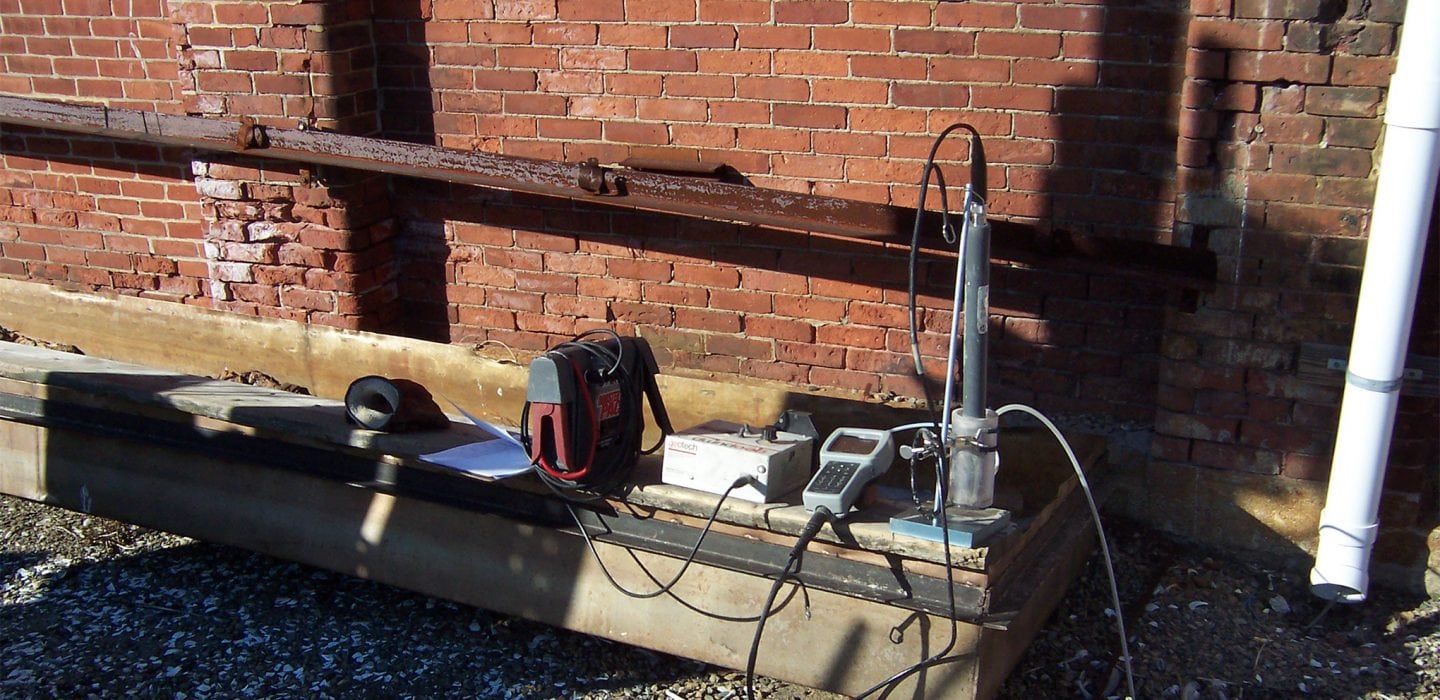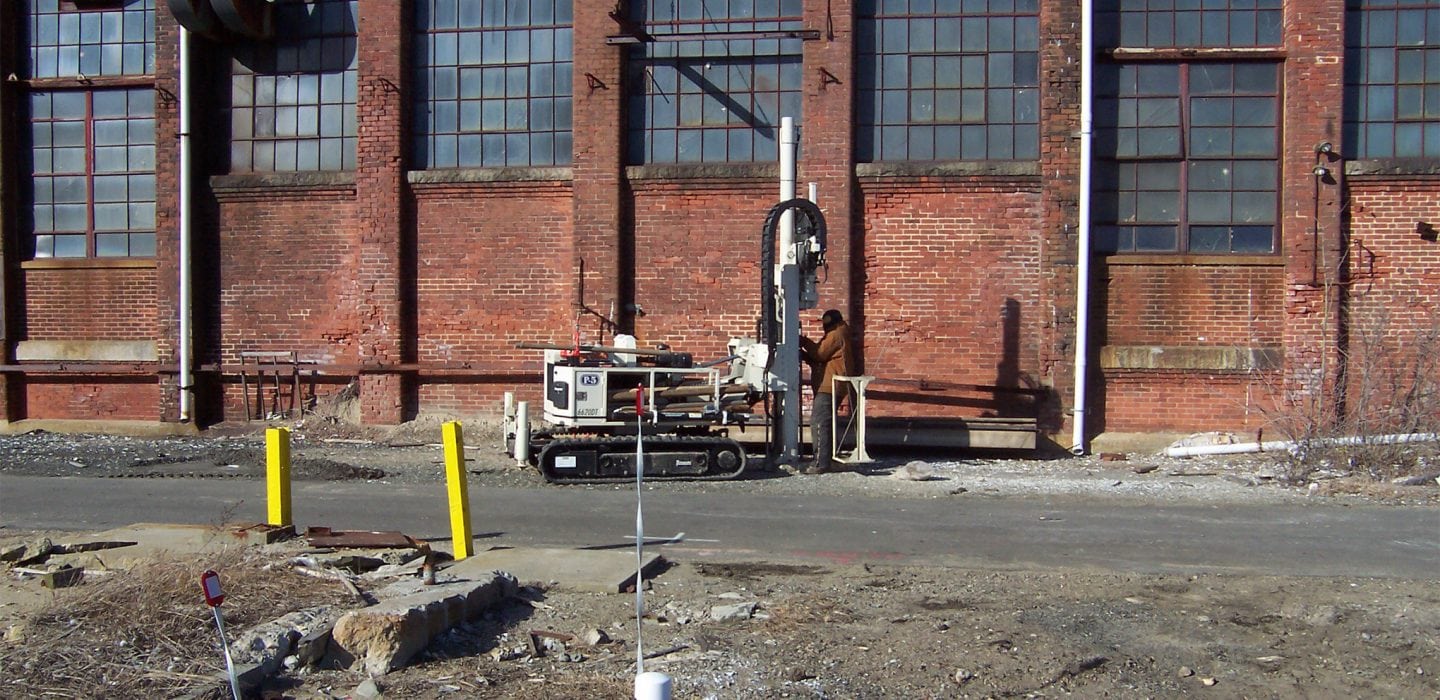Revere Copper Products, Inc. Assessment and Remediation
New Bedford, Massachusetts
BETA is providing Revere Copper Products, Inc. with assessment, remediation, and containment of a “dissolved metals” plume and free-phase petroleum at this large historic metal working plant. Revere and its predecessors have utilized the site since 1862 for brass and copper casting and plate manufacturing as well as the manufacturing or fabrication of other base metal and metal-alloy products. The Acushnet River is located east of and directly adjacent to the site, and dissolved metals and total petroleum hydrocarbons were detected in groundwater monitoring wells in 1988. Then in 1999, greater than 0.5 inches of non-aqueous phase liquid resembling motor oil in was detected.
Revere retained BETA to provide a revised remedial strategy after a sodium hydroxide injection plan implemented by a previous consultant failed to meet remedial expectations. After reviewing existing site data, BETA developed a remediation plan consisting of the withdrawal of dissolved metals containing groundwater followed by ex-situ treatment of the groundwater in the facilities existing on-site treatment plant. Treatment consisted of an adjustment of pH levels to create precipitation and settling of metals in the pumped ground water. The metal sludge is then filtered, dried, and shipped to a recovery facility. Then the treated water is discharged into the New Bedford publicly owned treatment works under an existing municipal permit.
BETA also further optimized Revere’s site remediation system by installing four- and six-inch diameter recovery wells to the top of bedrock. BETA located these wells at the lowest point of the plume and at the downgradient property line in order to facilitate recovery of the most contaminated groundwater and to minimize off-site migration of dissolved metals plume. Over 4,500 pounds of copper have been recovered by the extraction and on-site precipitation of copper and other metals from site groundwater.
BETA has prepared a site-wide storm water pollution prevention plan (SWPPP) and is currently implementing several best management practices to minimize carry-over of heavy metals laded runoff. Efforts include cleaning accumulations of metal-impacted debris and sediment from roofing systems and gutters and downspouts. In addition, all surface sediment accumulations will be collected and managed off-site and sediments accumulated in the subsurface drainage systems will be removed.


